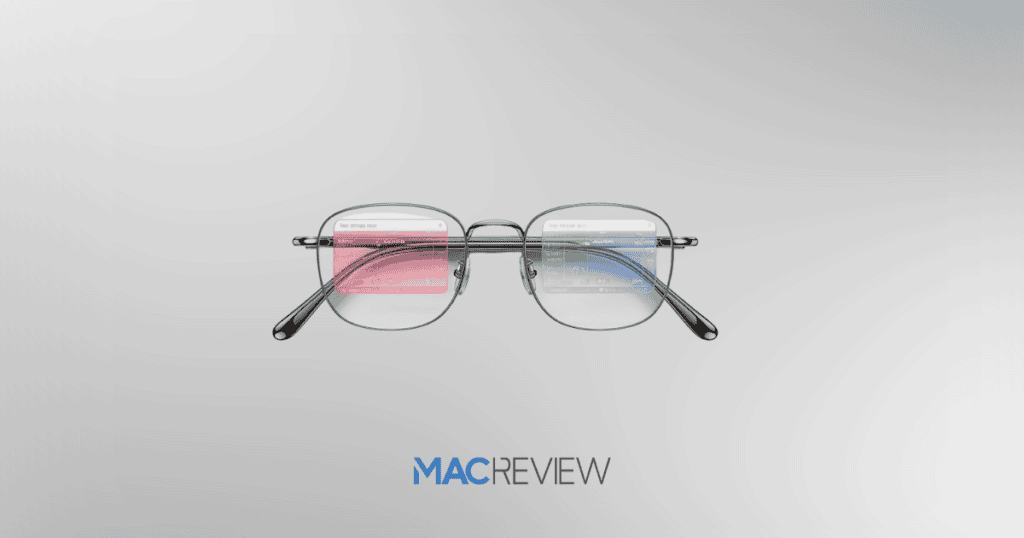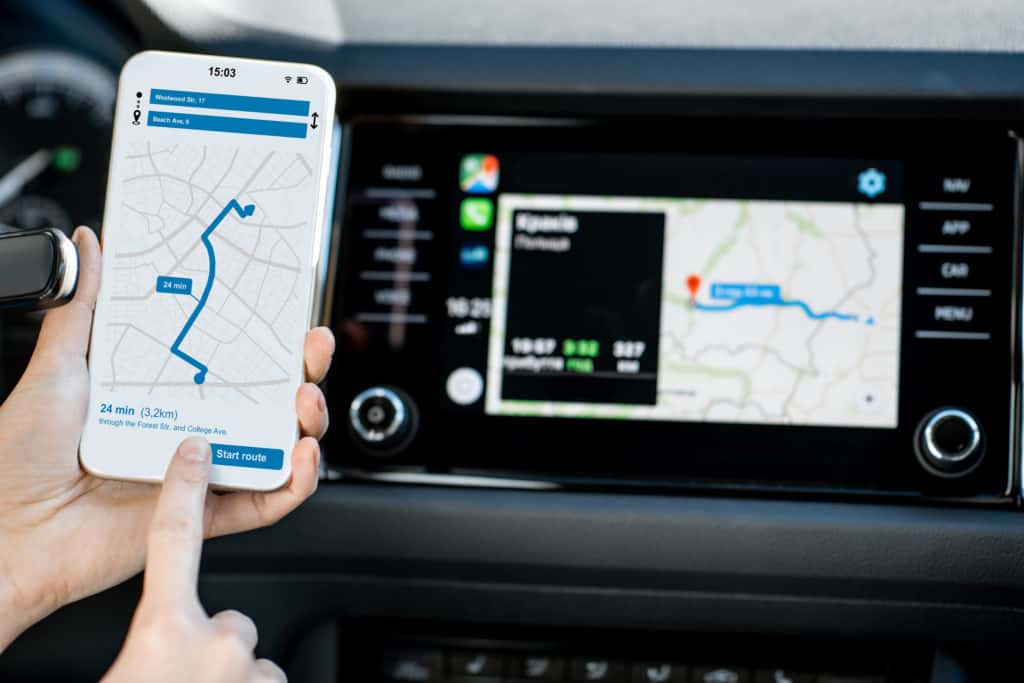Apple has long been a trailblazer in consumer tech, setting trends from the iPhone to the Apple Watch. Now, a recent internal survey, dubbed “Atlas,” indicates that Apple may be pivoting toward the development of smart glasses, potentially signaling a shift away from its Vision Pro headset. Here, we explore what this strategic move could mean for the future of augmented reality (AR), the wearable technology market, and Apple’s competitive stance.
Shaping the Future of Apple’s Wearable Technology
- Apple regularly conducts internal surveys to explore new products and potential market viability. The “Atlas” survey specifically examines the demand for smart glasses as a new product line.
- By soliciting detailed employee feedback on existing market options and user preferences, the survey aims to gather insights that could shape Apple’s design direction.
- Key Focus Areas of Atlas Survey:
- Integrated cameras
- Siri AI capabilities
- Built-in speakers
- Health tracking features
- The Atlas survey emphasizes user-centered design to ensure future iterations meet consumer expectations. Confidential feedback allows employees to freely provide insights on design and functionality, making the survey a cornerstone for Apple’s product development.
A Strategic Shift: Moving Beyond Vision Pro
Apple’s Vision Pro, retailing at $3,500, represents its premium approach to AR. However, the high price and weight of the headset have limited its appeal, prompting Apple to consider smart glasses as a more user-friendly and accessible alternative. This strategic shift aligns with Apple’s broader mission to make technology accessible while meeting high-quality standards.
- Key Comparisons:
- Vision Pro: Premium, niche product with limited consumer appeal
- Smart Glasses: Potentially affordable, lighter, and more versatile
Analyst Ming-Chi Kuo suggests that the affordable Vision Pro model may be postponed beyond 2027, reinforcing Apple’s commitment to developing smart glasses as a primary product.
Competitor Landscape in Smart Glasses
The competition in the smart glasses space remains limited but promising, presenting an opportunity for Apple to enter and dominate. Here’s a look at the current landscape:
- Meta’s Ray-Ban Smart Glasses: Offer basic functionalities but face criticism on comfort and limited AR capabilities.
- Other Players:
- Meta’s Orion prototype
- XReal’s Air 2 Ultra and Beam Pro
- Samsung’s anticipated 2025 headset
Apple’s advantage lies in its reputation for user-centered design and innovation—qualities that could redefine the smart glasses market.
Key Features Expected in Apple’s Smart Glasses
Building on Atlas survey insights, Apple’s smart glasses are expected to feature:
- Integrated Cameras: Enhances AR experience by enabling photo and video capture directly from the glasses.
- Siri AI Assistant: Voice-command integration allows hands-free operation, connecting users seamlessly with their Apple ecosystem.
- Built-in Speakers: Facilitates audio feedback and media consumption, adding depth to the AR experience.
- Health Tracking: Apple’s health tracking capabilities, like heart rate monitoring, could be embedded, catering to the health-conscious consumer.
By prioritizing these functions, Apple aims to create a multifunctional device that stands apart from the competition.
What Analysts Are Saying About Apple’s AR Move
Industry analysts view Apple’s smart glasses project as a calculated risk with potentially high rewards. Analyst Ming-Chi Kuo notes that Apple’s move away from the Vision Pro headset could herald a new era for AR, positioning Apple to become a major player in this emerging market.
Expert Insights:
- Comfort and Functionality: Analysts stress the importance of lightweight and stylish smart glasses to attract a broader user base.
- Long-Term Strategy: Apple’s commitment to innovation may push the release date beyond 2027, as it perfects design and functionality.
The Wearable Technology Market: Growth and Opportunity
As wearable tech continues to expand, augmented reality is emerging as a leading segment. According to recent projections, the wearable technology market could reach $100 billion by 2024. This growing demand for AR solutions highlights the need for products that are not only innovative but also accessible and comfortable.
- Apple’s Role in the Market: With the Vision Pro headset, Apple positioned itself as a premium brand in AR. By shifting to smart glasses, Apple aims to broaden its appeal to a larger audience while maintaining the innovation and quality that Apple users expect.
Anticipated Impact on Apple’s Market Position
If successful, Apple’s entry into the smart glasses market could reshape consumer expectations and potentially make AR a mainstream technology. By focusing on accessibility, Apple may challenge existing offerings, like Meta’s Ray-Ban glasses, and establish itself as a leader in wearable AR.
Future Implications for Augmented Reality Technology
Apple’s smart glasses project could catalyze advancements in AR technology, impacting how users interact with digital content. Here’s what to watch for:
- Consumer Adoption: Apple’s reputation and user-centered design could drive widespread acceptance of AR wearables.
- Competitive Pressure: Apple’s entry may push other companies to enhance their offerings, benefiting consumers with more choices.
- Apple Ecosystem Growth: Smart glasses could further integrate with Apple devices, creating a seamless experience across products.
MacReview Verdict
Apple’s “Atlas” survey and strategic shift to smart glasses mark a significant moment for both the company and the AR market. As Apple redefines its role in wearable technology, the future of augmented reality looks more promising than ever. Are you ready to explore the next era of Apple innovation? Keep an eye on this space as Apple reshapes what’s possible in AR.




